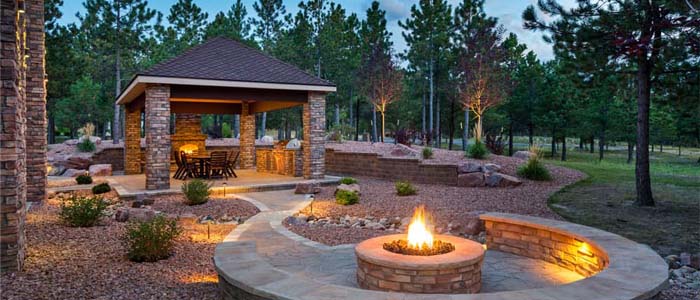In the highly competitive and ever-evolving world of law firms, maintaining a strong and reputable online presence is essential. With potential clients increasingly relying on digital channels for information, online advertising plays a crucial role in shaping a law firm’s brand image. However, the rise of digital marketing also brings the challenge of ensuring that your advertisements are trustworthy, compliant with regulations, and free from misleading or fraudulent content. This is where ad verification solutions come into play, offering law firms the tools they need to protect their reputation while optimizing their online campaigns. Ad verification involves the use of technology and services that monitor and validate the placement, accuracy, and performance of online ads. By using ad verification solutions, law firms can ensure that their ads are being displayed in the right environments, reaching the correct audience, and complying with legal and ethical advertising standards.

This is especially important in the legal sector, where regulations surrounding advertising practices are strict, and violating these rules can result in severe consequences, including fines, sanctions, or damage to the firm’s reputation. One of the primary concerns for law firms is ensuring that their ads are not associated with fraudulent or malicious websites. For example, ads appearing next to harmful content, such as fake news, inappropriate material, or even clickbait websites, can significantly damage the law firm’s credibility. Ad verification solutions help prevent this by employing real-time monitoring to ensure that ads are only placed on reputable, high-quality sites. This also helps avoid the risk of inadvertently endorsing misleading content, which could cause potential clients to lose trust in the firm. Moreover, ad verification solutions also ensure that ads are being served to the right target audience. In the case of law firms, it is crucial that ads reach individuals who are in need of legal services, rather than random or irrelevant users.
With advanced targeting capabilities, ad verification platforms can ensure that ads are displayed to individuals who fit specific demographic, geographic, and behavioral profiles, increasing the likelihood of attracting potential clients who are genuinely interested in the services offered. Finally, using ad verification solutions provides law firms with transparency and actionable insights into their advertising campaigns. These platforms offer detailed analytics and reporting, helping firms understand how their ads are performing, where improvements can be made, and what areas are driving the most engagement. This data is invaluable in optimizing future ad campaigns and refining the law firm’s digital marketing strategy to attract more clients and maintain a solid reputation in the competitive legal market and go to the website. In conclusion, protecting a law firm’s reputation requires a proactive approach to online advertising. By utilizing trusted ad verification solutions, law firms can safeguard their brand, ensure compliance with regulations, and optimize their marketing efforts to attract the right clients. These tools are essential for maintaining a professional and reputable image while navigating the complex digital advertising landscape.







